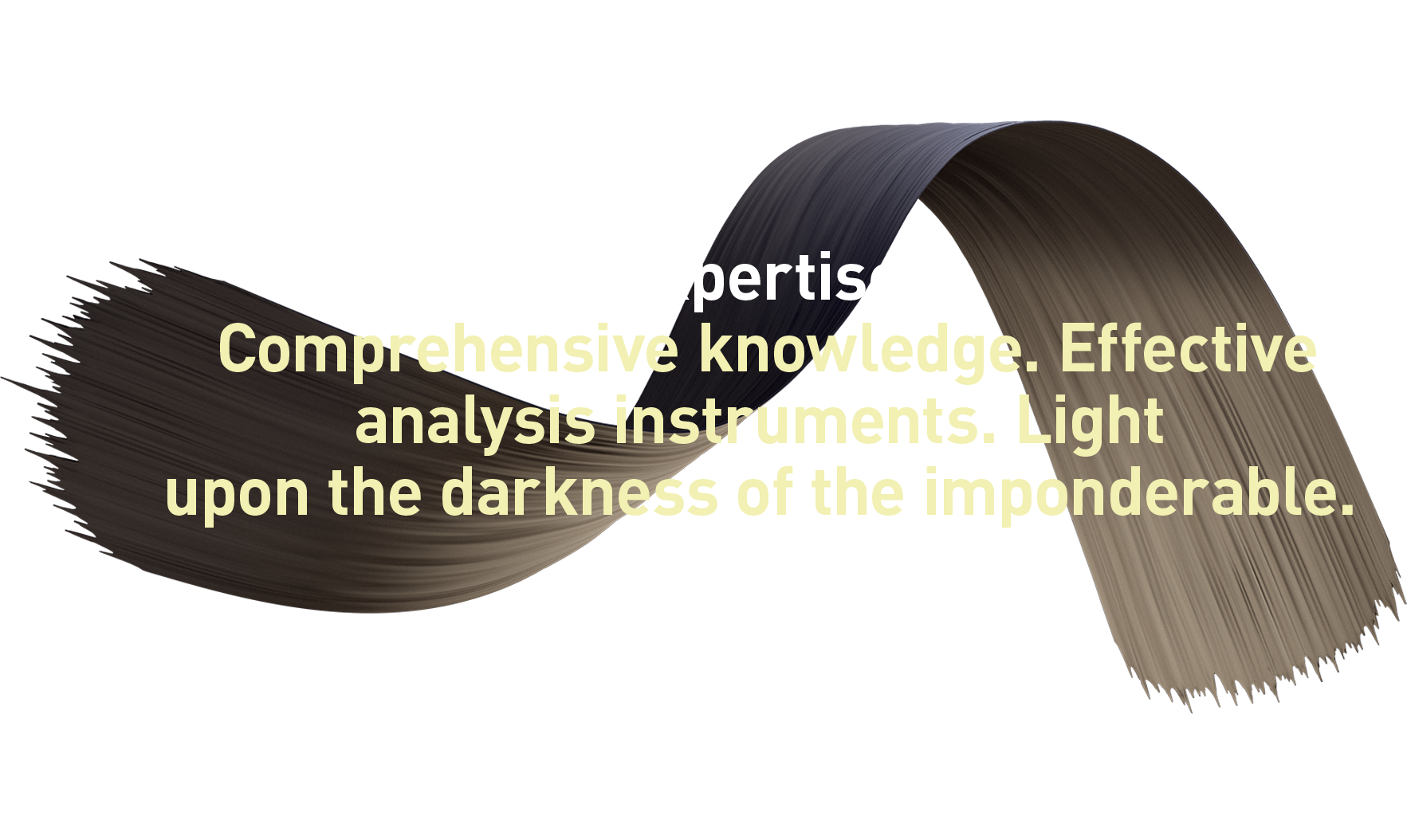Studies
We prepare complete ALM studies in close cooperation with the concerned departments or support the customer-specific development of a tailor-made ALM model, both for life and health insurance, as well as for property / casualty insurance. The expertise of ROKOCO enables efficient consideration of the insurance-regulatory specifics. For the simplest, but simultaneously highest quality support of the ALM modeling, ROKOCO additionally offers suitable software.
Simulations for Personal Insurance
PLA.NET has been developed by ROKOCO for ALM modeling of life and health insurance. With the standard model, results can be achieved very quickly. Because of the modular design, custom adjustments can easily be made to accomodate a company’s individual needs. As diverse as the range of results is, the benefit of asset liability management with regard to the clarification of complex issues through targeted analysis for sound support of management decisions.
Simulations for Property / Casualty Insurance
For property / casualty insurance companies wishing to support their risk analyses, reinsurance analyses and corporate planning with reliable simulations, we offer a tried and tested planning tool that takes German and Austrian financial reporting standards into account.
Due to the high level of detail across all lines of property / casualty insurance (gross, retro, net), PLA.NET including RisKey (predecessor systems: ALM.IT and SERA) enables accordingly detailed analyses, particularly in the implementation of actuarial validations or integrated profit and loss statement projections and balance sheet projections (annual financial statement management, calculation of key figures). This allows for a complete and transparent overview of future risks and corporate developments.
On this basis, it is possible to investigate the impact of management decisions or market changes on the income statement and balance sheet, asset allocation, solvency / results of stress tests and equalization reserves.




